National Trust
|
With plenty of history, it is not suprising to find some outstanding National Trust sites to visit in Norfolk |
|
An Introduction to the National Trust in Norfolk
|
One of the locations under the care of the National Trust in Norfolk is a gigantic, lavish mansion, sitting by itself in the centre of a moat. Another is a spit of shifting sand that's occupied mostly by seals. The difference between these two areas highlights just how diverse the Trust's interests are. They have a landscape garden, a merchant's townhouse and a windpump on the broads. They have the birthplace of a former queen, and the breeding ground of migrating birds. Many of these places have balconies, towers or viewing platforms, so you can look out at the fields and waterways that join all these disparate places up into one remarkable county. |
 National Trust Sites in Norfolk National Trust Sites in Norfolk
|
|
Over the last 1000 years this lakeside estate has been home to soldiers, scholars and, most famously, Anne Boleyn. The former queen's headless ghost haunts the grounds on each anniversary of her execution. Blickling Hall itself, a lovely red-brick, turreted mansion, is roughly 400 years old. It's filled with a vast collection of treasures, from the portraits in the Great Hall to the extravagant furnishings of the State Bedroom. Outside, waymarked walking and cycling trails snake their way past the flower gardens, around the lake, and through 500 acres of woodland. |
|
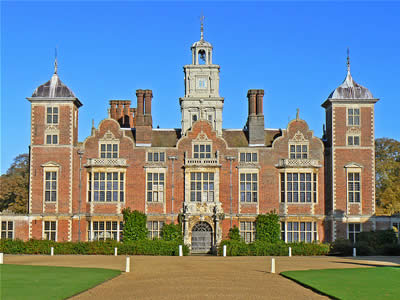
Blickling Hall near Aylsham |
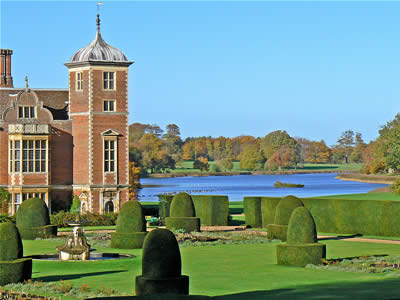
The view of the lake from the garden |
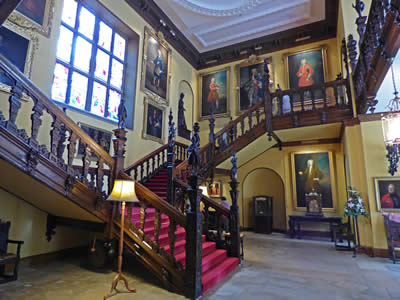
The Great Hall inside the entrance of Blickling Hall |
| |
|
|
Felbrigg Hall has stood, unaltered, since the 18th century. At times it's imposing; stern portraits and stained glass windows stare down from the walls. But there's plenty of charm here too. Look out for the miniature fire engine, the collection of globes and the shoe-shaped 1850s bath. The gardens feel similarly lived-in. In fact, you'll have to share them with Felbrigg's population of bees, doves and peacocks. If you venture a little further away from the house, you might stumble across a lake, an ancient wood or a bat-infested icehouse. |
|
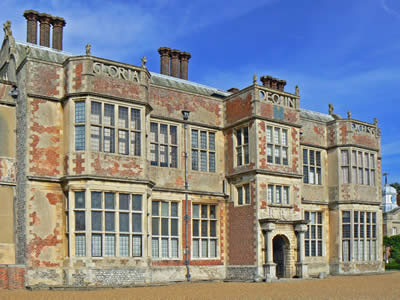 Felbrigg Hall
Felbrigg Hall near Cromer |
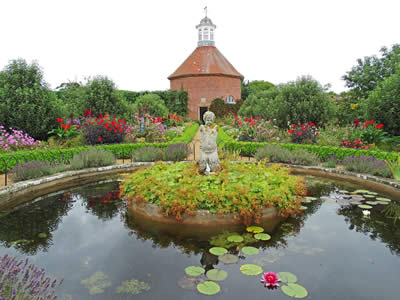
Felbrigg Walled Garden |
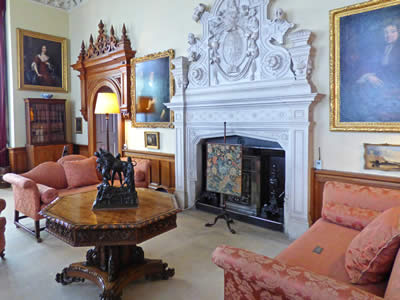
Inside the Great Hall at Felbrigg |
| |
|
|
From the outside, Oxburgh looks imperious, perhaps even unfriendly. It sits within a moat, guarded by a fortified Tudor gatehouse. But this isn't a military fortress, it's a home. The same family, the Bedingfelds, have been living here since the 15th century. The building tells their ancestors' stories. The needlework hangings were created by Mary, Queen of Scots, the King's Room once hosted Henry VII and the secret trapdoor was used by persecuted Catholic priests. Climb up to the roof for views of the Victorian greenhouse, the flower gardens and rest of the Norfolk countryside. |
|
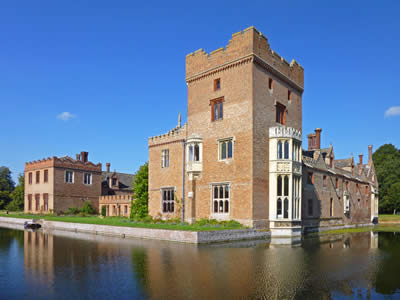
Oxburgh Hall near Swaffham |
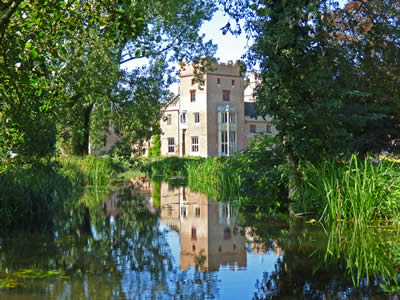
The view of the hall from My Lady's Wood |
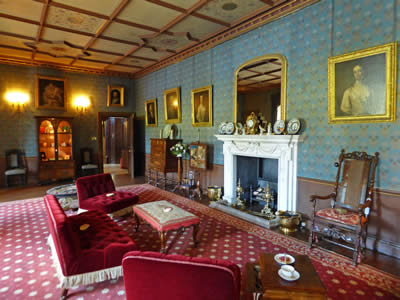
The West Drawing Room |
| |
|
|
In order to farm on Norfolk's marshes, you need to keep them drained. That fact led to the construction of the Horsey Windpump in 1912. It stands on Horsey Mere, which is right on the eastern edge of the broads, not far from the North Sea. You can actually see the coast from the top of the tower. If you're especially keen-eyed, you might also see seals, butterflies or migrating wildfowl. |
|
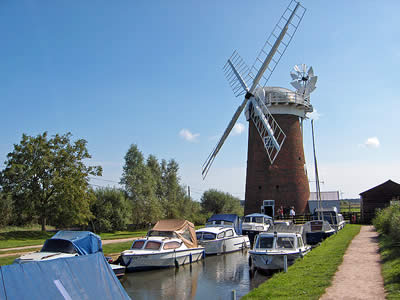
Click to view our Horsey picture tour |
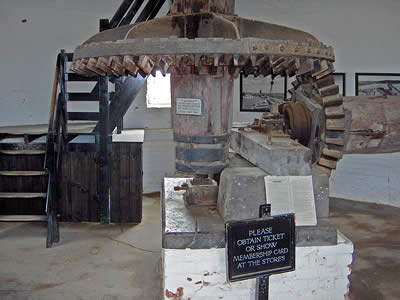
Cogs inside Horsey Windmill |
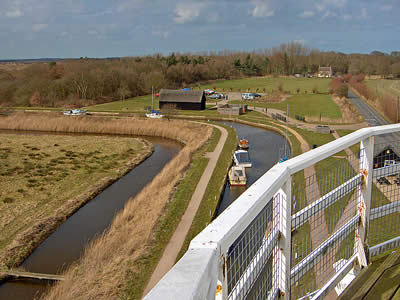
View from the top of Horsey Windpump |
| |
|
|
This is the country's largest surviving medieval guildhall. Since its contruction in the early 15th century it has spent time as a corn exchange, a town hall, a gunpowder storage facility and a wool warehouse. Throughout that time it's hosted meetings, dinners and performances, including its first theatre show in 1442, right at the start of its life. The Guildhall has managed to hold on to that identity through the intervening 600 years. In its current guise as the King's Lynn Arts Centre, it hosts theatre, cinema and art exhibitions. |
|
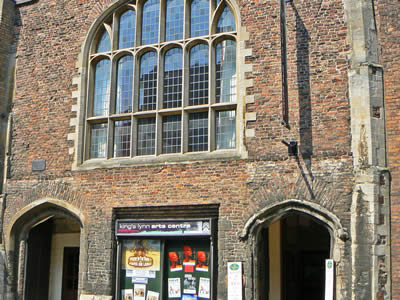
St George's Guildhall in King's Lynn |
| |
|
|
The Brancaster Estate's sandy beaches and muddy marshes take up a sizeable section of the northern Norfolk coast. This used to be a target for Scandanavian raiders, which is why the Romans built a fort here. Its foundations are marked by National Trust information boards. These days the waters are mainly populated by fishing boats, pleasure craft and kayaks. These either come from Brancaster Staithe, a village famous for its fresh mussels, or the Brancaster Activity Centre, which runs workshops for schoolchildren. |
|
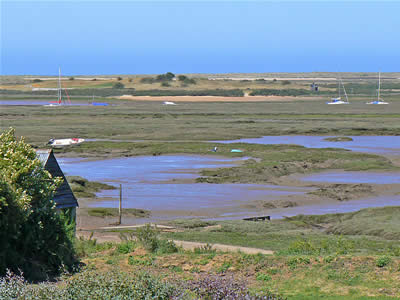
Brancaster Harbour |
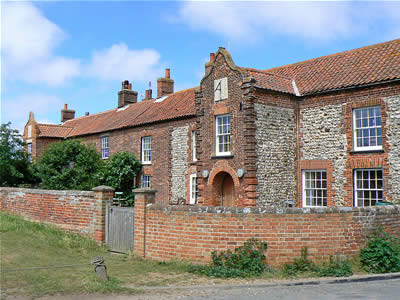
Cottages at Brancaster Staithe |
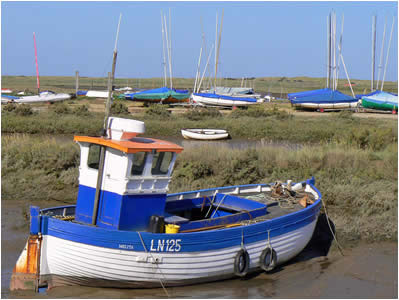
Boats at Brancaster |
| |
|
|
The tides move ceaselessly across this mixture of sand dunes, vegetated shingle and saltmarsh, changing its shape on an hourly basis. It's an uncommon landscape, which provides a valuable habitat for rare plants, birds and animals. The key feature is Blakeney Point, a four-mile spit that's home to both migrating terns and breeding seals. The best way to see these creatures is to join a ferry trip at Morston Quay. Alternatively, a walking trail joins the two locations. At either end there's a visitor centre, which both contain north-facing observation towers. |
|
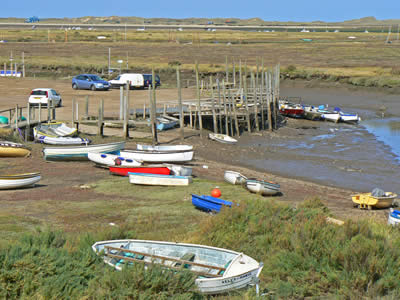
Blakeney Nature Reserve |
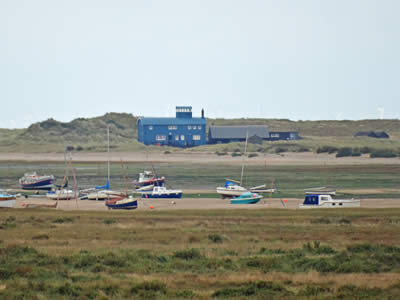
The view towards Blakeney Lifeboat House |
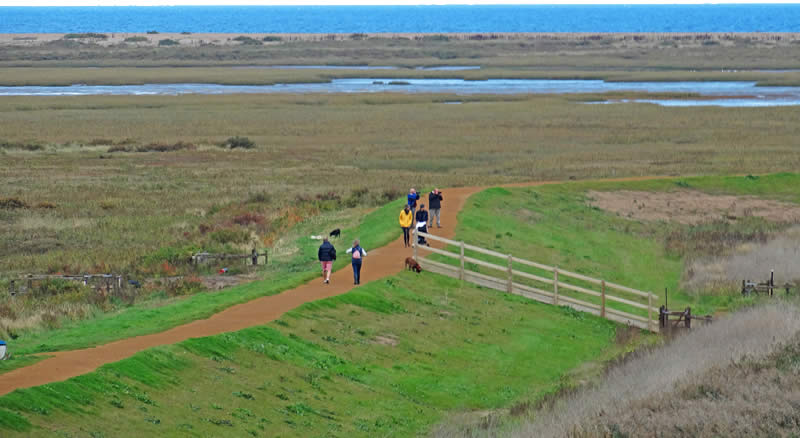
Walking on Blakeney Marshes |
| |
|
|
After Humphry Repton, a highly-regarded landscape gardener, designed this park in 1812, he declared it to be the best he'd ever made. It's particularly famous for its rhododendrons and azaleas, which bloom from mid-May to early-June. The visitor centre will tell you what grows during the rest of the year, and what animals are hiding among the trees. Expect bats, birds and butterflies. A well-positioned tower offers views across Sheringham's trees, the North Norfolk Steam Railway, and even the North Sea. |
|
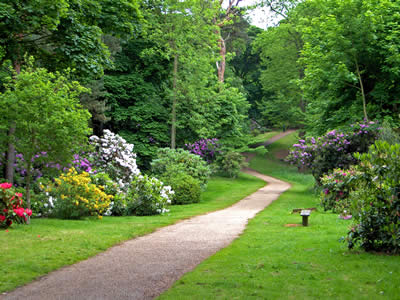
Sheringham Park |

Rhododendrons and azaleas in flower at Sheringham Park |
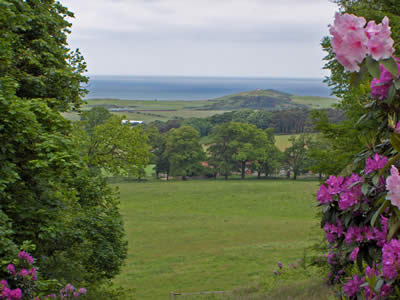
Sea and coast views from Sheringham Park |
| |
|
|
In the 1590s this handsome building was erected on Yarmouth's busy quayside. From then on it was inhabited by a succession of different merchants and their families. The everyday lives of these Tudor, Elizabethan and Victorian people are kept alive in the house's current guise as a museum. Each room faithfully recreates a different era. Visitors are encouraged to join in by dressing up in suits of armour, or by making food in the kitchen. There's a toy room for children, and a walled garden outside. |
|

Picture coming soon! |
|
NORFOLK PICTURE TOURS |
|
|
|
|
|
|
|
MORE OF OUR WEBSITES |
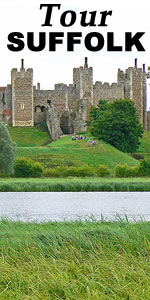 |
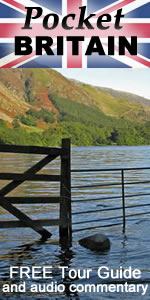 |
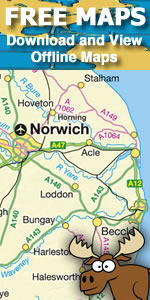 |
| |
|

